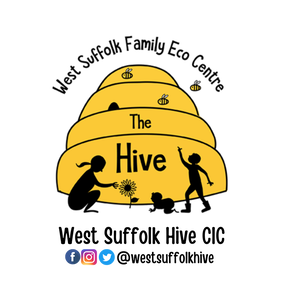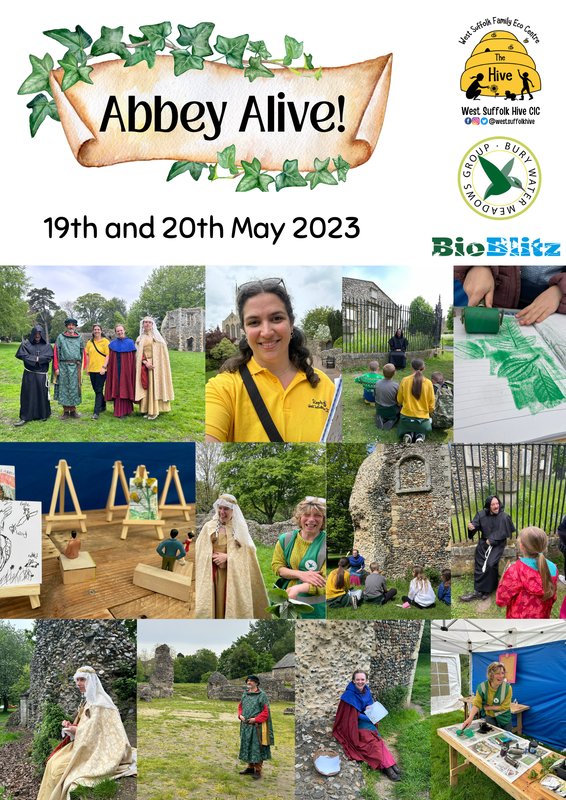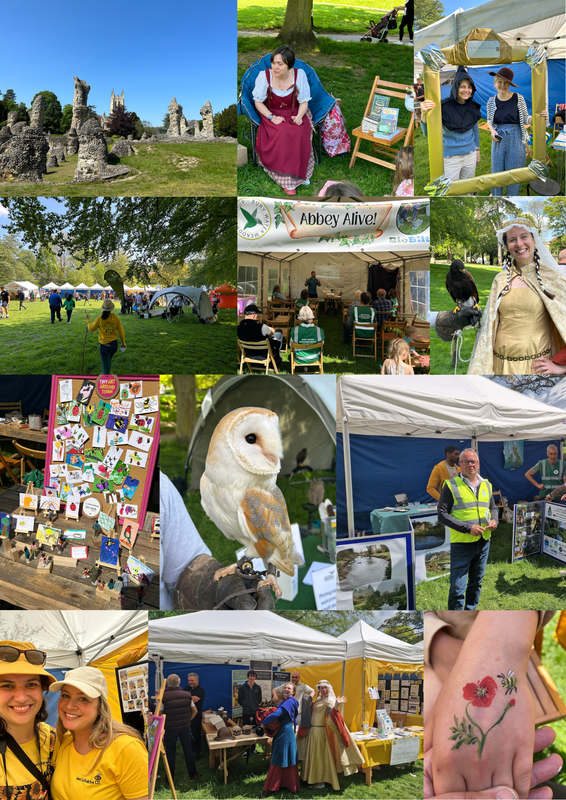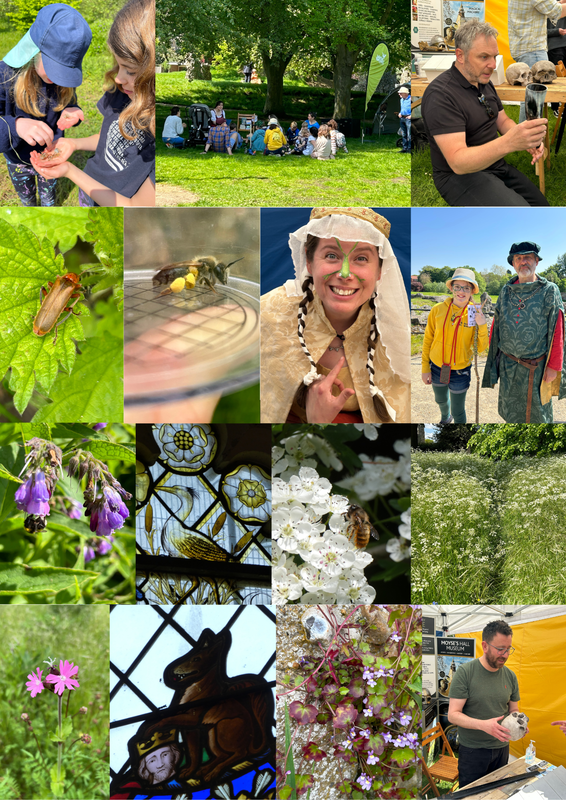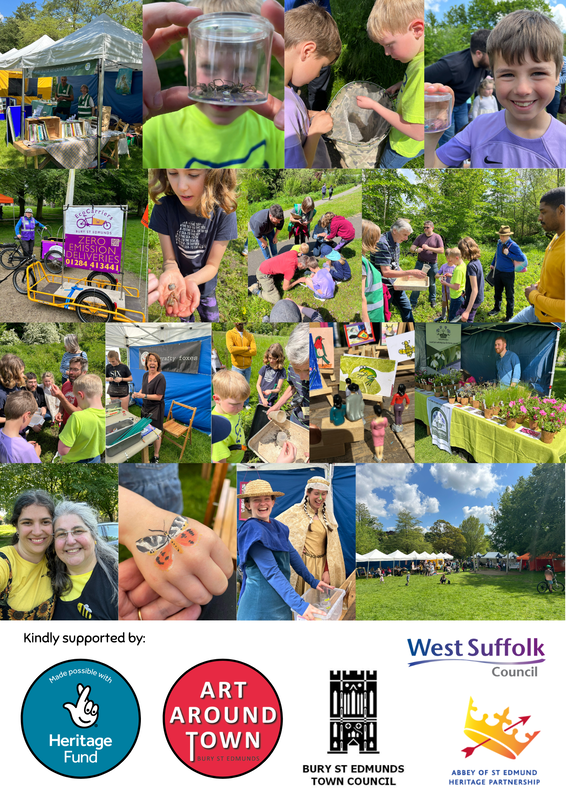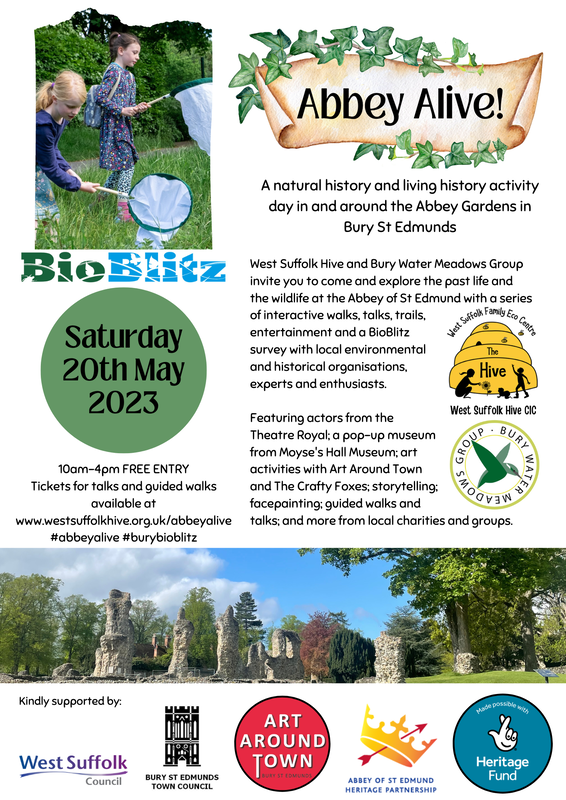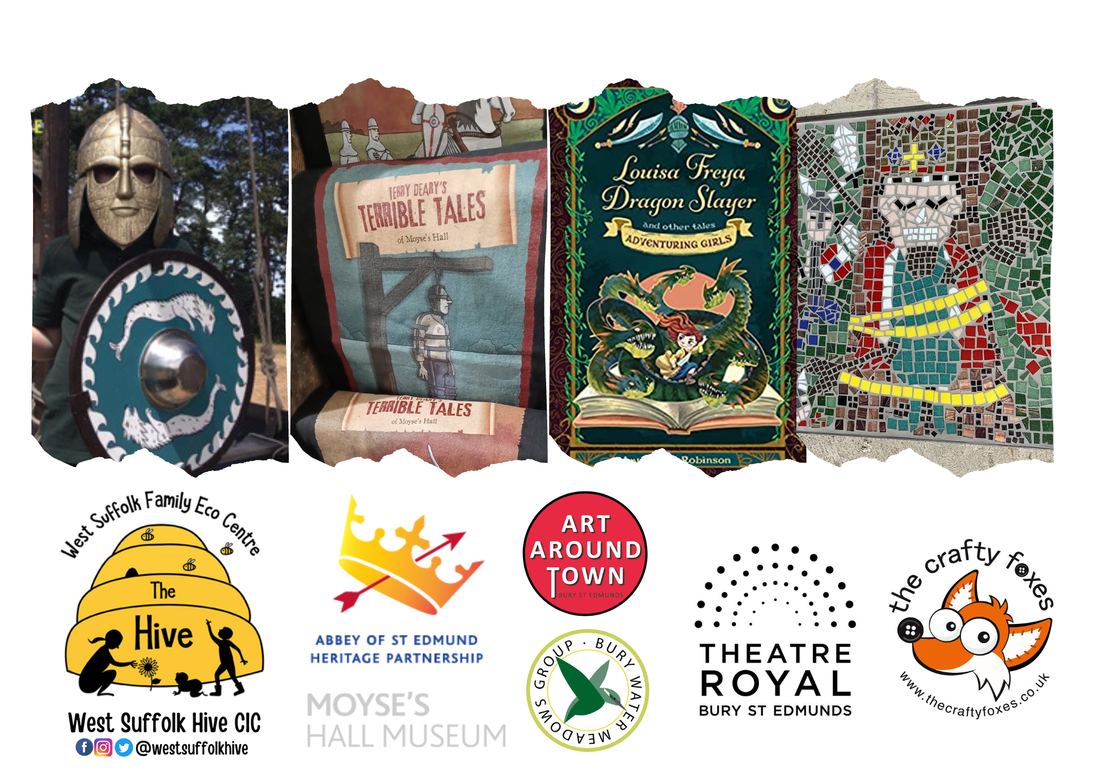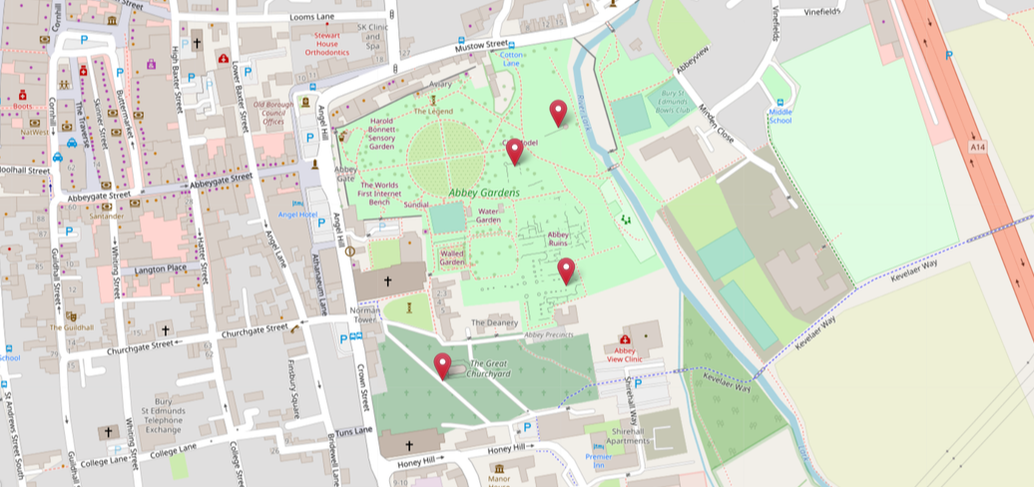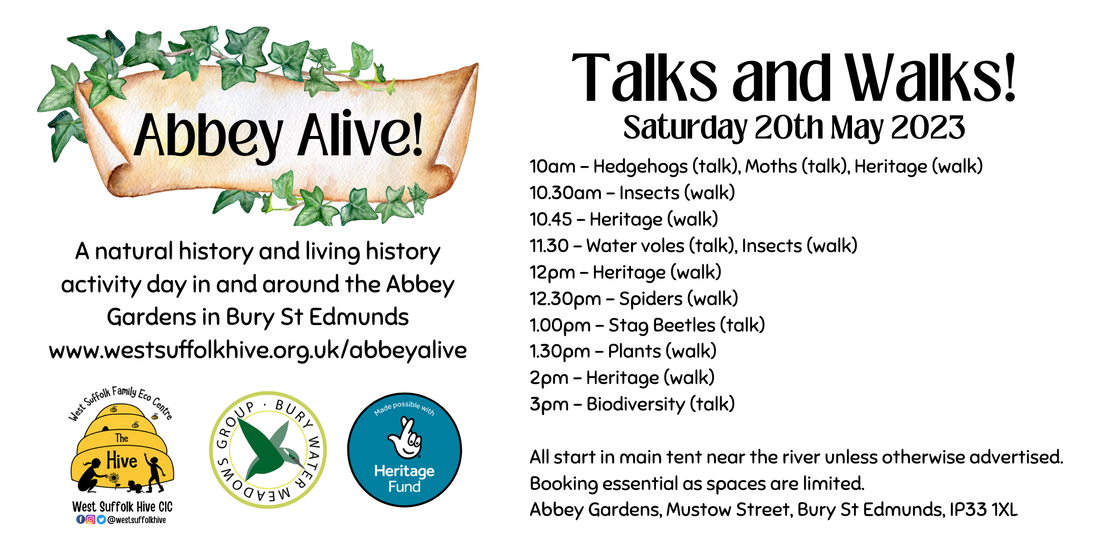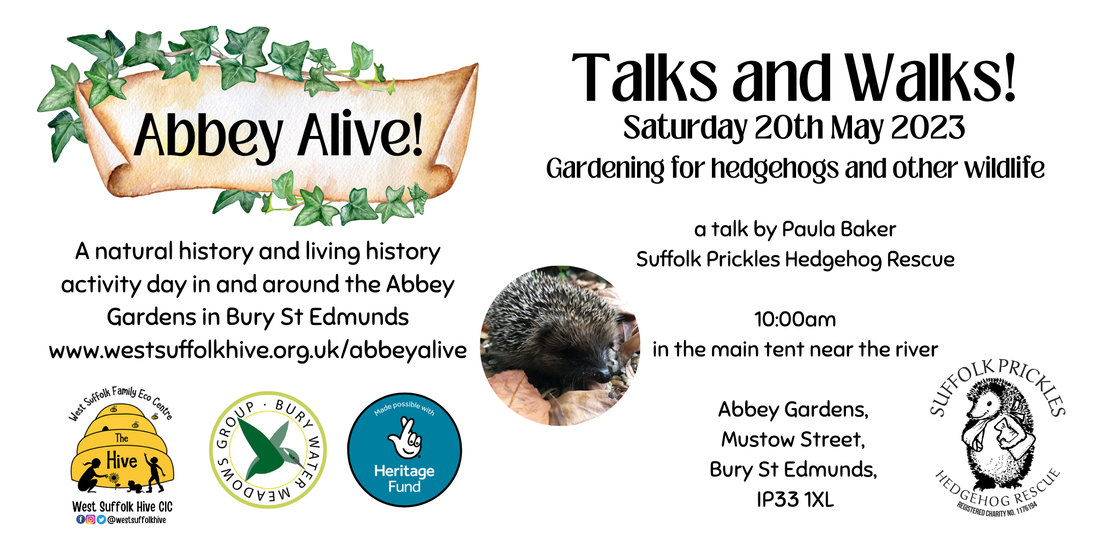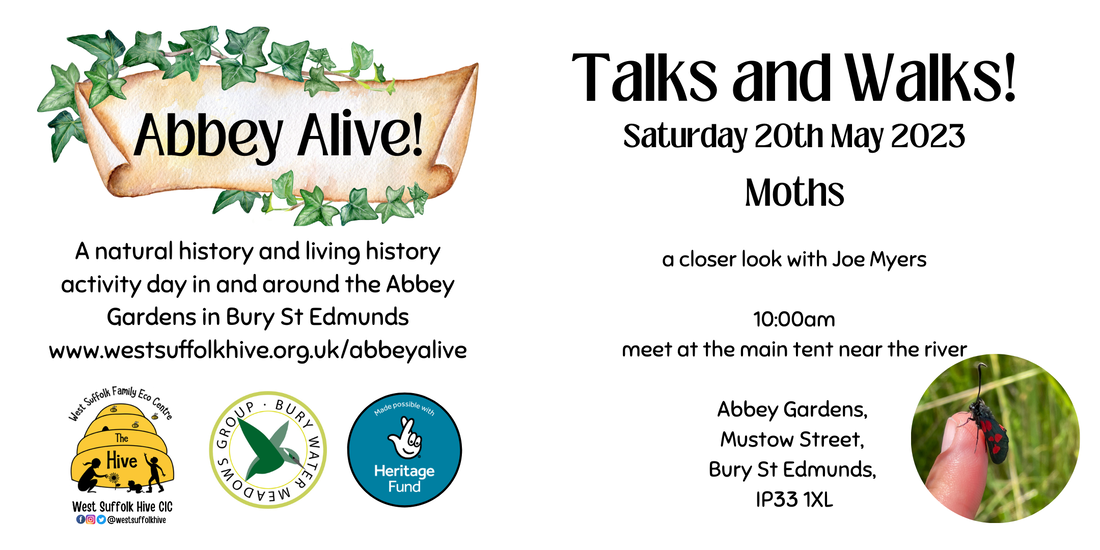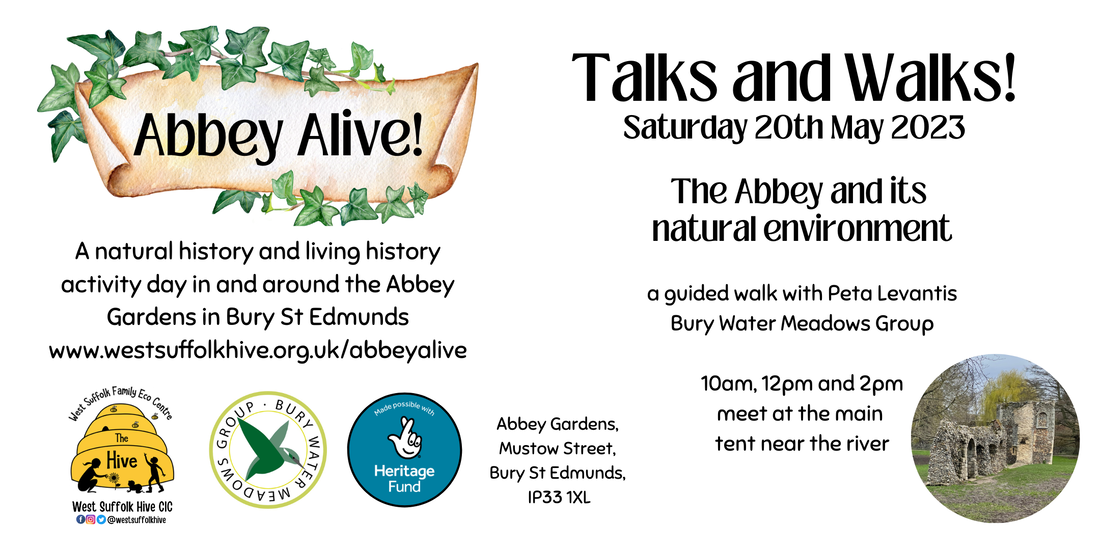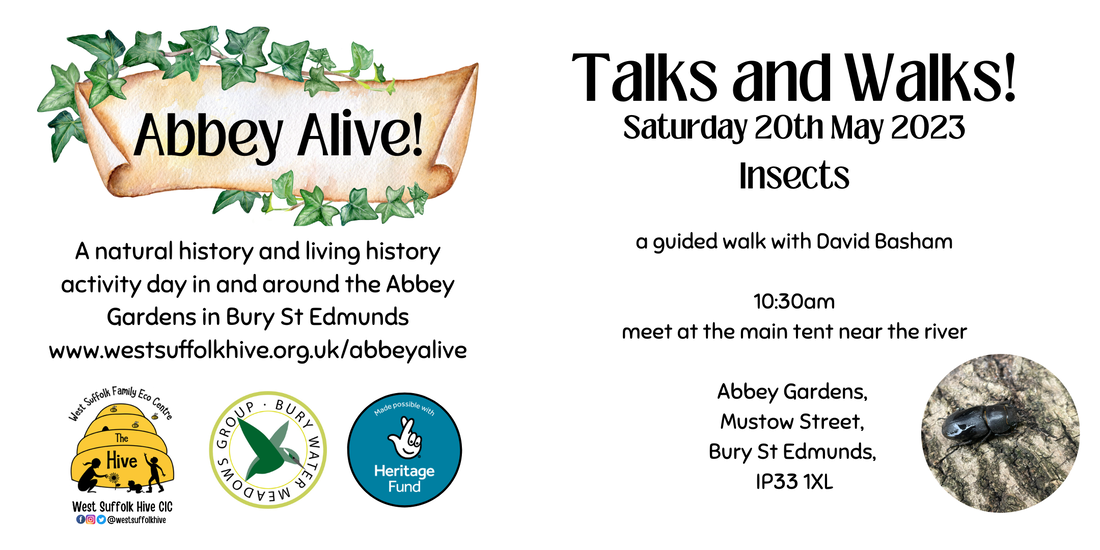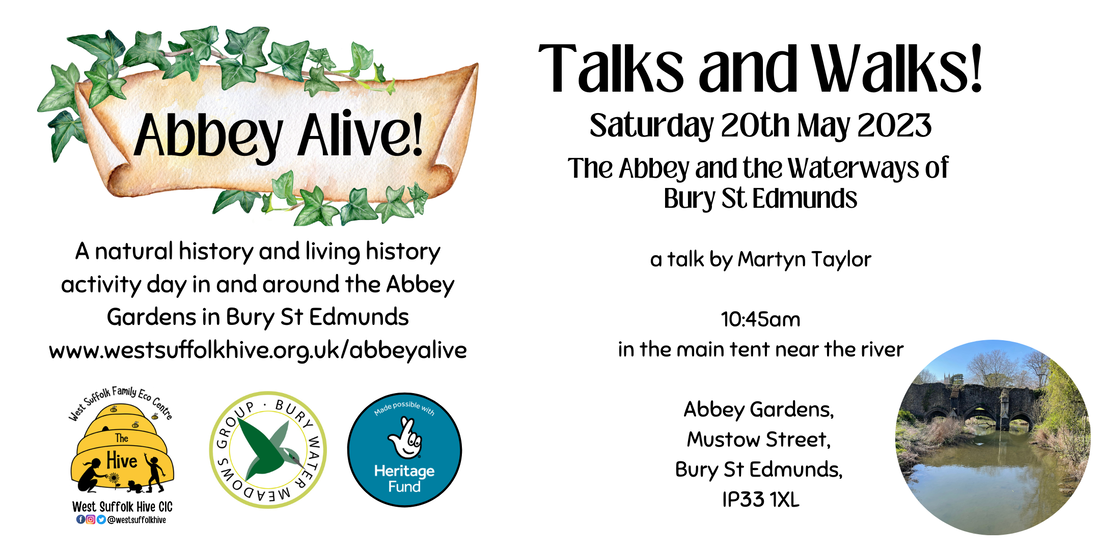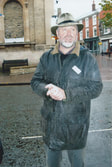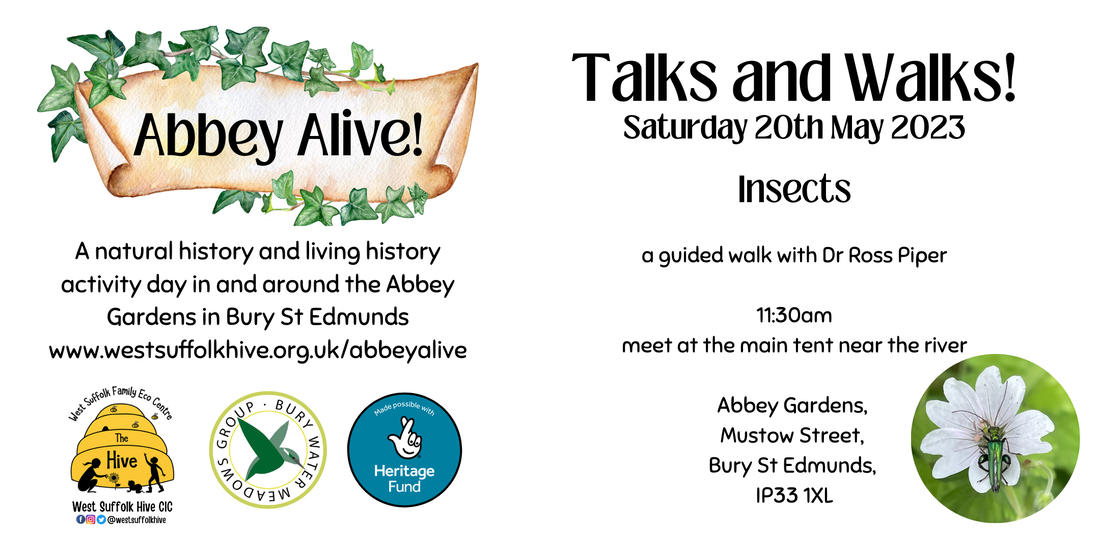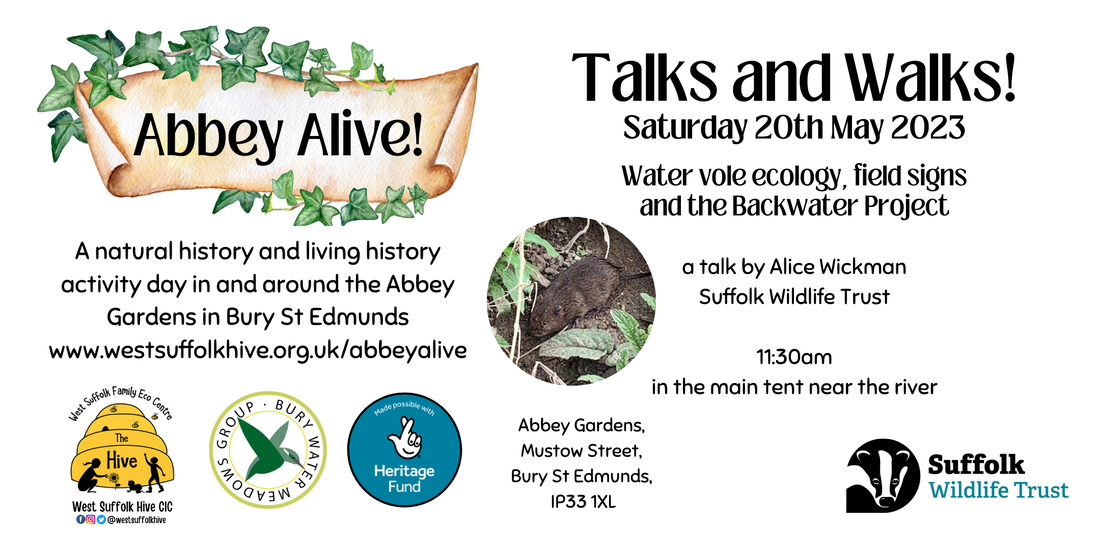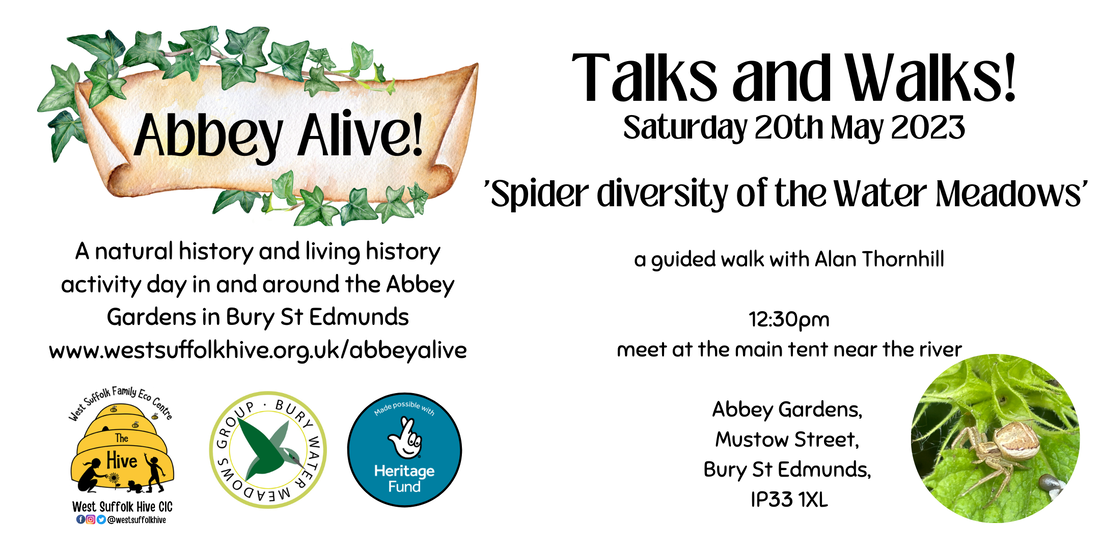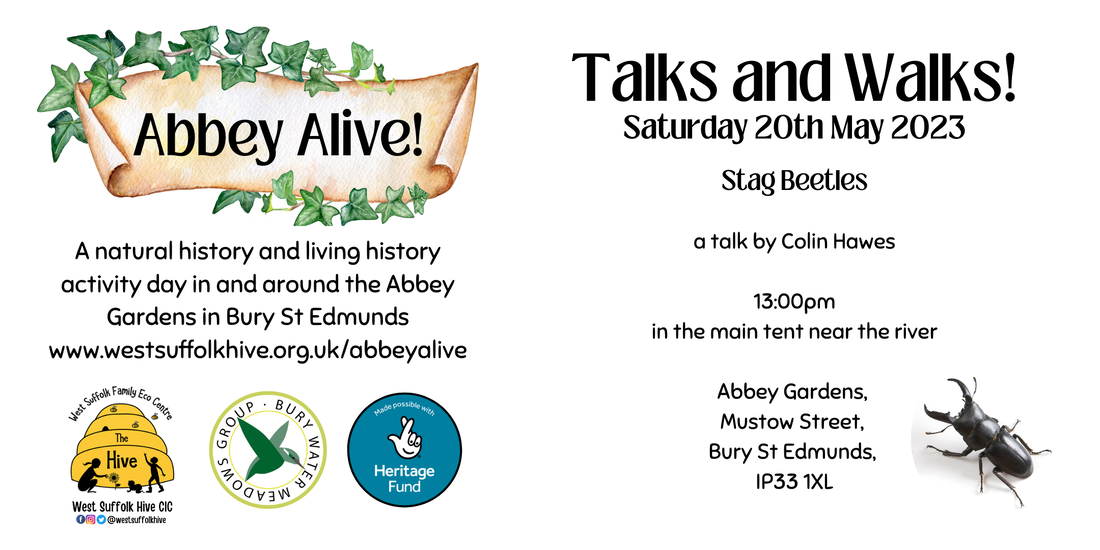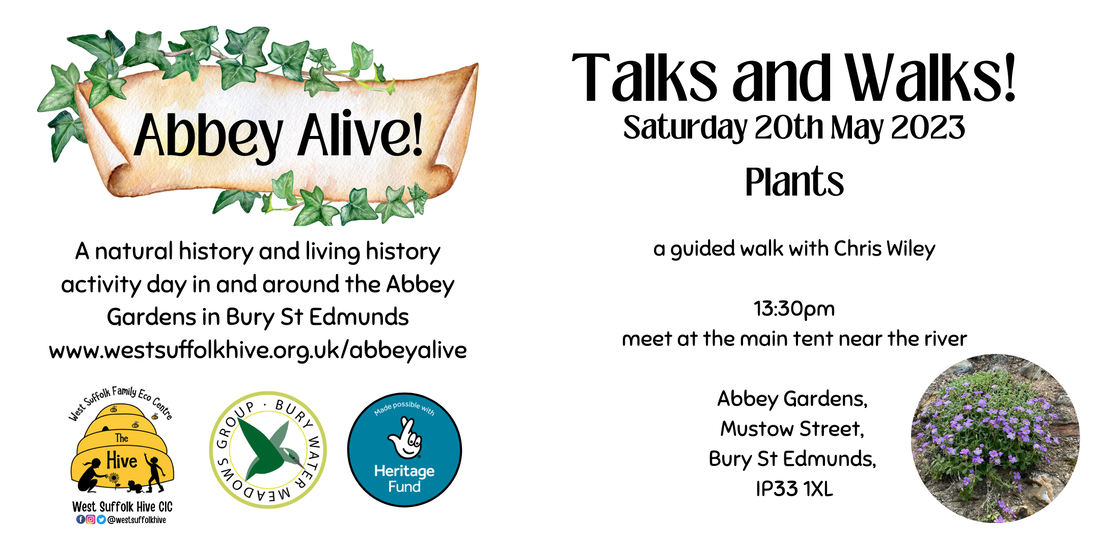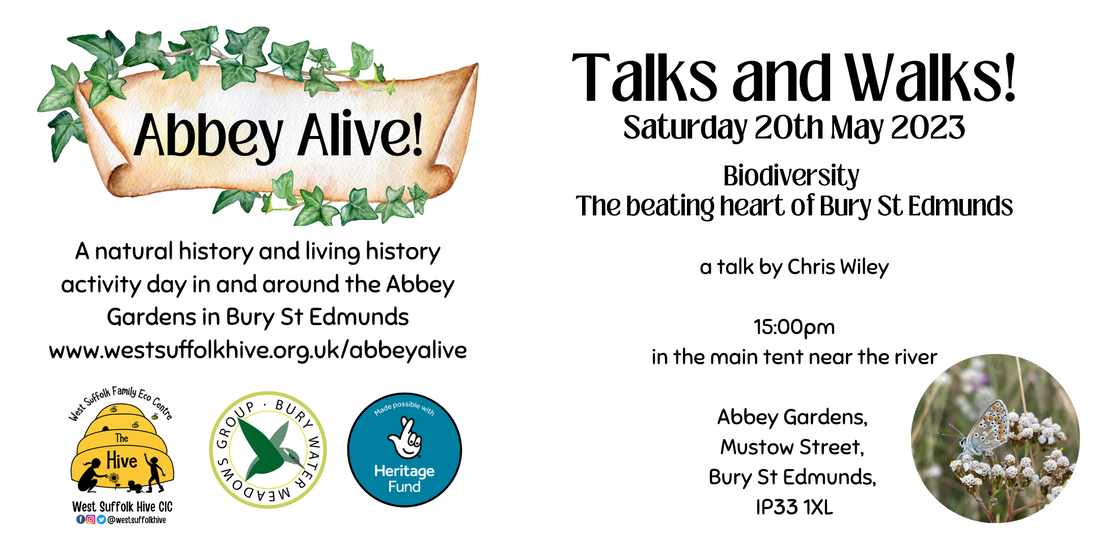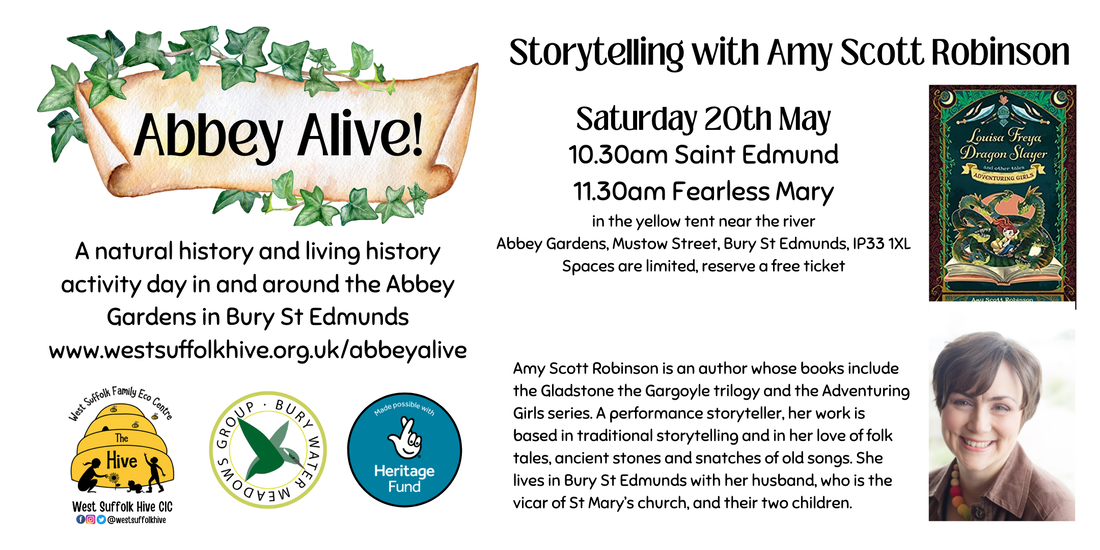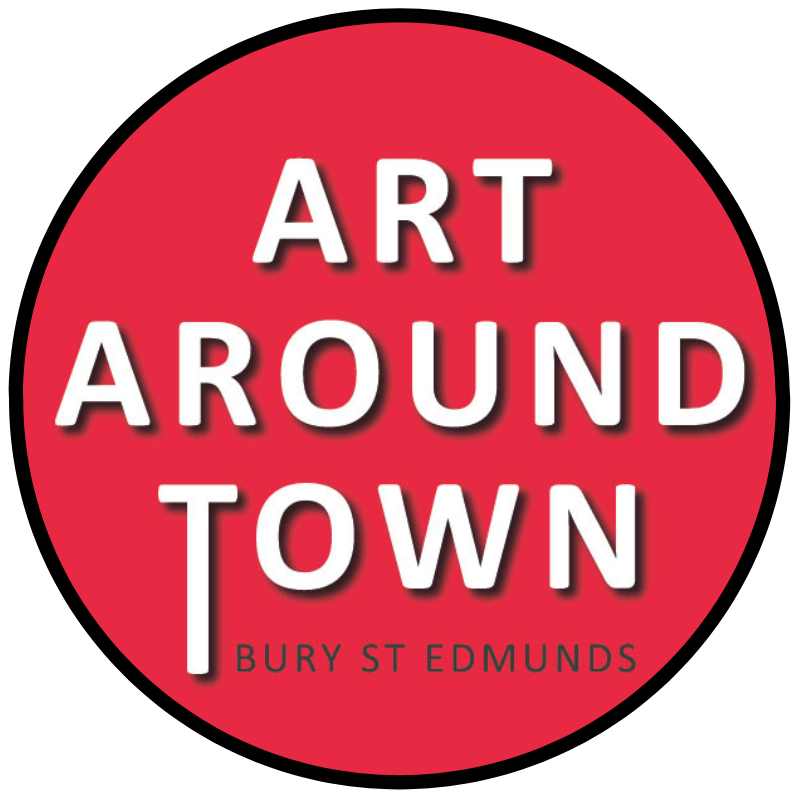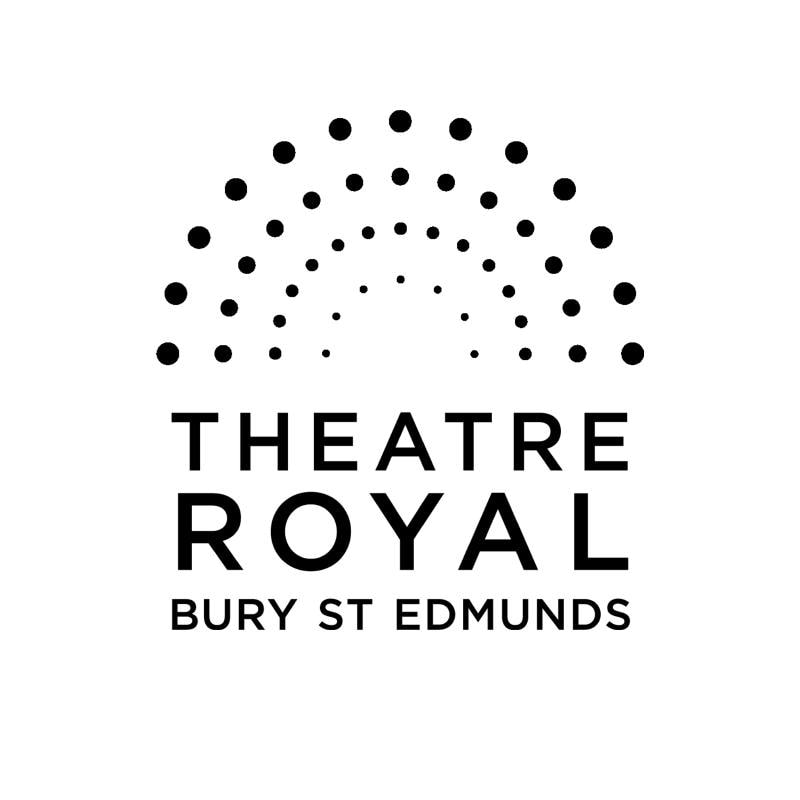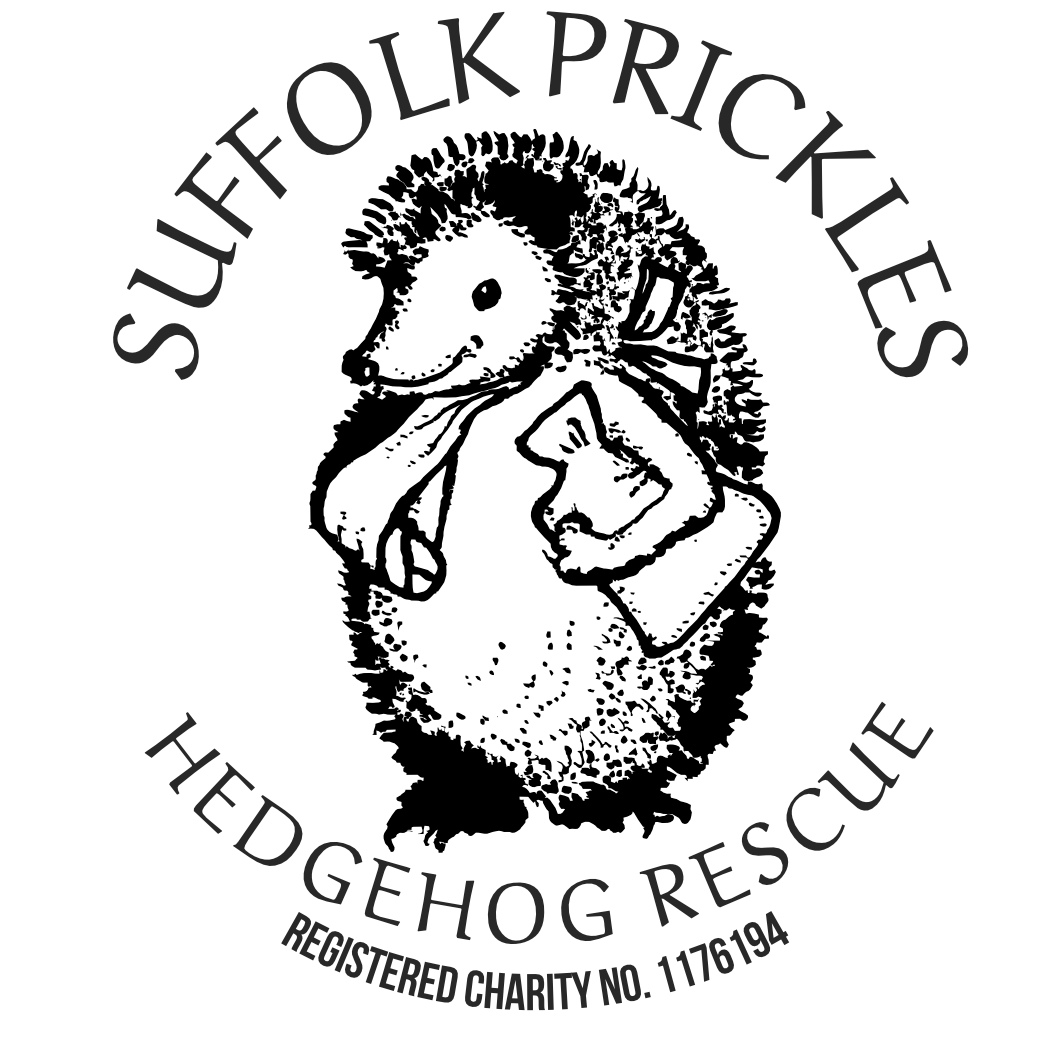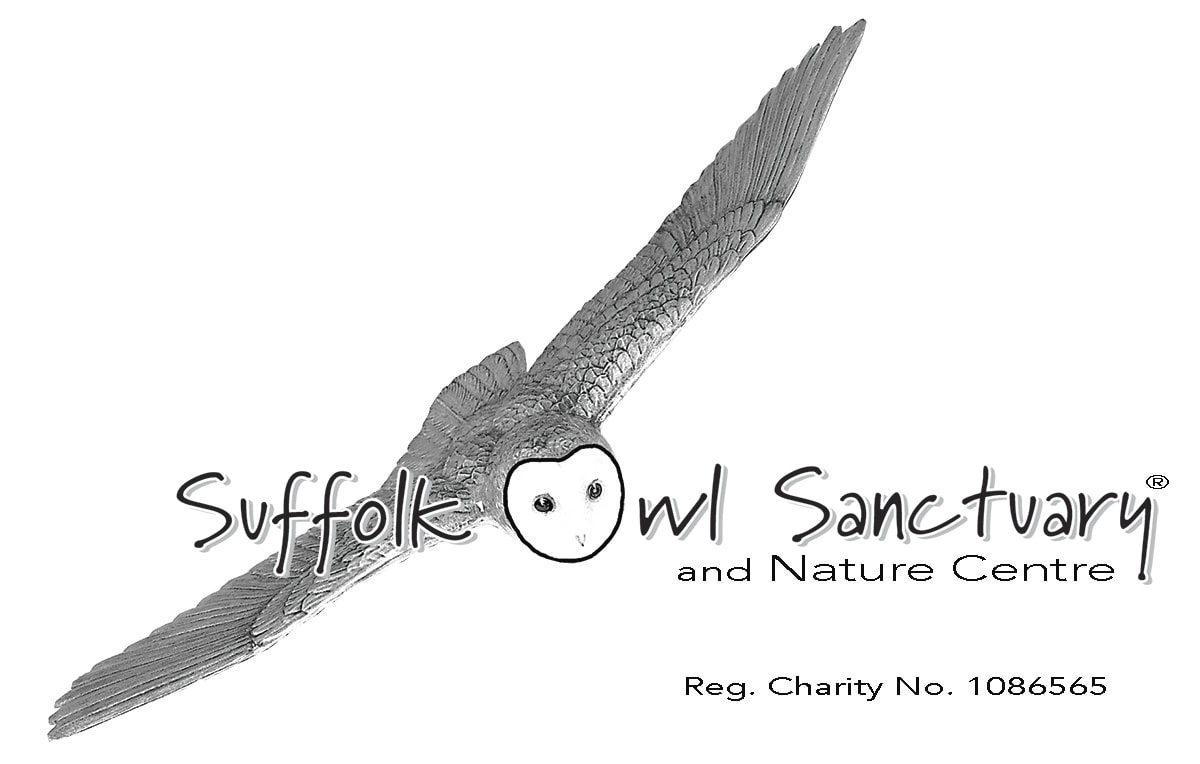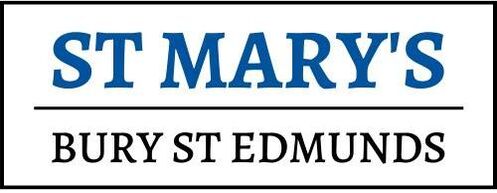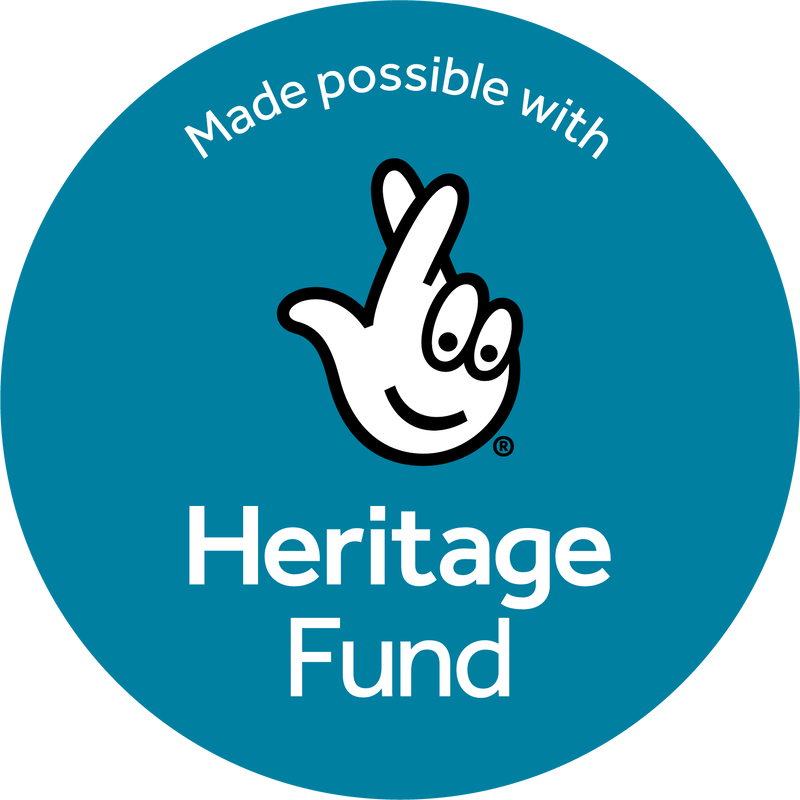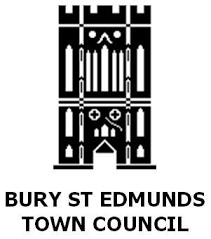|
Welcome to Abbey Alive! A natural history and living history activity day in and around the Abbey Gardens in Bury St Edmunds. An opportunity for school groups and the public to explore the past life and the wildlife at the Abbey of St Edmund with a series of interactive walks, talks, trails, entertainment and a BioBlitz survey with local environmental and historical organisations, experts and enthusiasts. There will be stalls representing local educational and historical organisations and charities, interactive activities and trails around the site, guided walks and talks from historians, authors and ecologists. There will be children’s activities including storytelling, face-painting, a pop-up museum with artifact handling, craft activities and a collaborative community art project.
Following on from a very successful inaugural BioBlitz event held in 2022 and, listening to the feedback from the public from that event, we felt that there should be an annual event celebrating the variety of species living in the centre of Bury St Edmunds. The guided walks and surveying were inadvertently linked to the heritage of the site and it was felt that this aspect of the educational value of the event ought to be expanded. There is often a disconnect between nature and architecture but the two are closely entwined, and visibly so in this particular site, where there are rich habitats in the ruins of the Abbey, in the churchyard, and in the surrounding meadows. The history of the site also tells us that the monks used the land in a more sustainable way than we do now, and highlighting this to the local community will increase their connection between the environment and the heritage of the site. |
The event will bring together a broad range of the community, including volunteers from all the organisations involved, local schools and their pupils and staff, families and members of the public, and a variety of local charities and not-for-profit organisations. There will be an emphasis on education, with access to local experts and authorities of their fields. We will include aspects of literature, culture, farming and food production, ecology and biodiversity, as well as having access to scientific equipment such as microscopes to enhance their experience.
The base camp will be down by the River Lark between the Abbot's Garden and the play area. Base camp will include the arts and crafts activities, volunteers area, facepainting, storytelling and stalls. The trail will take participants all around the Abbey Gardens and the Great Churchyard.
Other areas involved for heritage activities and BioBlitz ecological surveying and guided walks:
St Mary's Church
The Crankles
No Man's Meadows
Ram Meadow
There are public toilets available near the Abbey Gate
Refreshments are available at Grounds Cafe in the Abbey Gardens, Pilgrim's Cafe at The Cathedral, or in Bury St Edmunds town centre.
The best place to park is Ram Meadow Car Park.
Other areas involved for heritage activities and BioBlitz ecological surveying and guided walks:
St Mary's Church
The Crankles
No Man's Meadows
Ram Meadow
There are public toilets available near the Abbey Gate
Refreshments are available at Grounds Cafe in the Abbey Gardens, Pilgrim's Cafe at The Cathedral, or in Bury St Edmunds town centre.
The best place to park is Ram Meadow Car Park.
Talks and Guided Walks
Joe Myers is a Norfolk Wildlife trust member and has been moth-ing for 8 years. He brings a wealth of knowledge about moths with him, so ask him questions. He will be looking at the contents of the moth traps on site.
From Beodericsworth to Bury St Edmunds
A gentle stroll of about 45 minutes around the site of the Abbey of St Edmund. We will observe the physical changes that have taken place over the centuries and consider how and why they happened. We will also look at the wider geographical area where it helps us understand these changes over time.
A gentle stroll of about 45 minutes around the site of the Abbey of St Edmund. We will observe the physical changes that have taken place over the centuries and consider how and why they happened. We will also look at the wider geographical area where it helps us understand these changes over time.
David is a wildlife surveyor specialising in bees and wasps but also interested in other pollinators and predator/parasite prey/host relationships
Insects are far and away the most diverse animals on the planet and they're far from being just food for smaller animals. Join Dr Ross Piper as he invites you to take a closer look at the endlessly fascinating lifestyles of insects, including some of the species you can see in this part of Suffolk.
Dr Ross Piper is an entomologist and zoologist who lives in Mid Suffolk, but has travelled around the world searching for new species. Through his writing, talks and TV work he shares his fascination for the incredible living things that surround us. His latest book, How to Read an Insect, is an exploration of the extraordinary lifestyles of insects.
Dr Ross Piper is an entomologist and zoologist who lives in Mid Suffolk, but has travelled around the world searching for new species. Through his writing, talks and TV work he shares his fascination for the incredible living things that surround us. His latest book, How to Read an Insect, is an exploration of the extraordinary lifestyles of insects.
Alice Wickman, Wilder Rivers Advisor, Suffolk Wildlife Trust
Alice has worked in the conservation field for seven years on various river and freshwater projects, including a water vole conservation project in Suffolk. Alice works as the Rivers Advisor at Suffolk Wildlife Trust, which involves working with landowners, community groups, and individuals to help protect and enhance rivers in Suffolk, as well as undertaking river, water vole, and otter surveys.
This year Alice has been working with Bury Water Meadows Group to deliver a backwater creation project on the River Lark to improve the habitat for water voles, as well as many other restoration projects across Suffolk.
This talk will cover water vole ecology field signs and will introduce the Lark backwater project.
Alice has worked in the conservation field for seven years on various river and freshwater projects, including a water vole conservation project in Suffolk. Alice works as the Rivers Advisor at Suffolk Wildlife Trust, which involves working with landowners, community groups, and individuals to help protect and enhance rivers in Suffolk, as well as undertaking river, water vole, and otter surveys.
This year Alice has been working with Bury Water Meadows Group to deliver a backwater creation project on the River Lark to improve the habitat for water voles, as well as many other restoration projects across Suffolk.
This talk will cover water vole ecology field signs and will introduce the Lark backwater project.
Colin is a qualified Ecologist BSc (Hons) and Fellow of the Royal Society of Biology. International expert in Stag Beetle anatomy, ecology, flight and distribution, lead for conservation of the stag beetle in Suffolk.
Working with nature rather than against it is now more important than ever. Discover how Bury St Edmunds has been adapting to a changing climate and its plans for a more sustainable future. Biodiversity is the beating heart of our planet, but taking small steps locally is the key to making a big difference, inspiring others along the way. There are no secrets – we’re all in this together, so pick up a few hints and tips for how you can transform your outdoor space, no matter how big or small.
Storytelling sessions with Amy Scott Robinson
Amy Scott Robinson is an author whose books include the Gladstone the Gargoyle trilogy and the Adventuring Girls series. A performance storyteller, her work is based in traditional storytelling and in her love of folk tales, ancient stones and snatches of old songs. She lives in Bury St Edmunds with her husband, who is the vicar of St Mary’s church, and their two children.
Saint Edmund - 1030am
The tale of St Edmund is a hagiography: that’s a true story of the life of a saint, which has got itself woven into all sorts of other traditional tales and ideas. Tugging at the golden thread of truth will just unravel the tapestry: you have to listen to the whole story and decide for yourself where the truth still shines through. Come and hear how it was, how it is and how it might have been, in the very place where it all happened…
Fearless Mary - 1130am
This is the spooky story of a girl called Mary, who found nothing scary. Her hilarious encounters with skeletons, ghosts and sights that would make a grown man faint are so well known across East Anglia that nobody can be completely sure where her tale was first told. Perhaps it was even here, in the charnel house in the churchyard, when it was still full of old bones…
Amy Scott Robinson is an author whose books include the Gladstone the Gargoyle trilogy and the Adventuring Girls series. A performance storyteller, her work is based in traditional storytelling and in her love of folk tales, ancient stones and snatches of old songs. She lives in Bury St Edmunds with her husband, who is the vicar of St Mary’s church, and their two children.
Saint Edmund - 1030am
The tale of St Edmund is a hagiography: that’s a true story of the life of a saint, which has got itself woven into all sorts of other traditional tales and ideas. Tugging at the golden thread of truth will just unravel the tapestry: you have to listen to the whole story and decide for yourself where the truth still shines through. Come and hear how it was, how it is and how it might have been, in the very place where it all happened…
Fearless Mary - 1130am
This is the spooky story of a girl called Mary, who found nothing scary. Her hilarious encounters with skeletons, ghosts and sights that would make a grown man faint are so well known across East Anglia that nobody can be completely sure where her tale was first told. Perhaps it was even here, in the charnel house in the churchyard, when it was still full of old bones…
